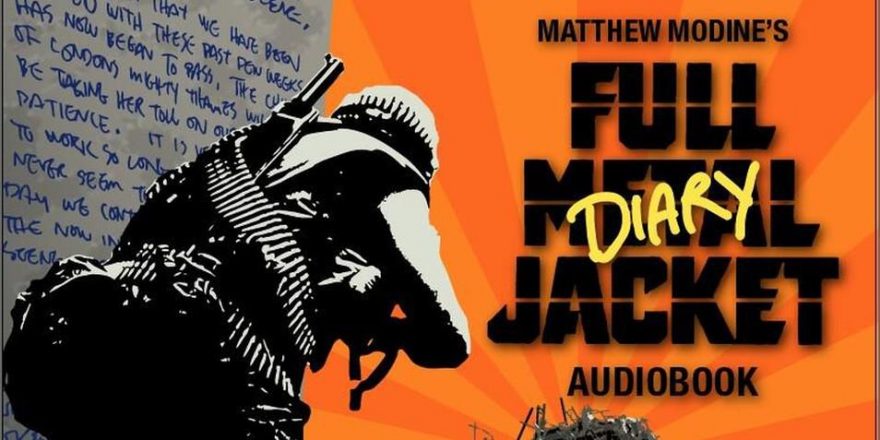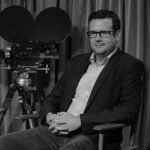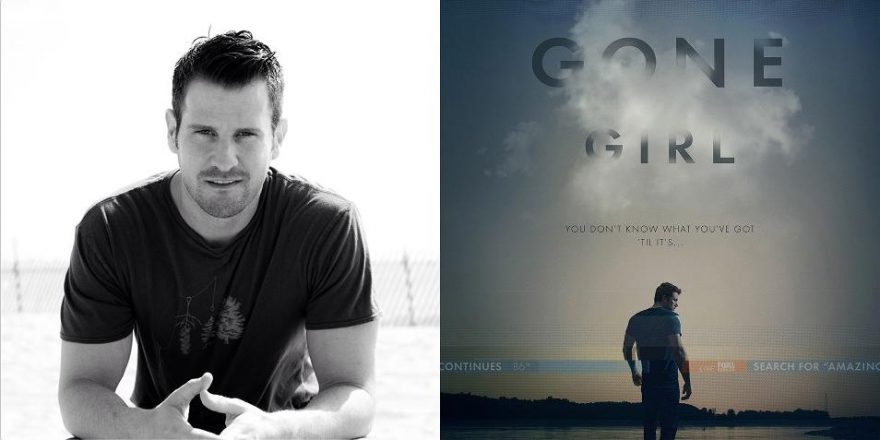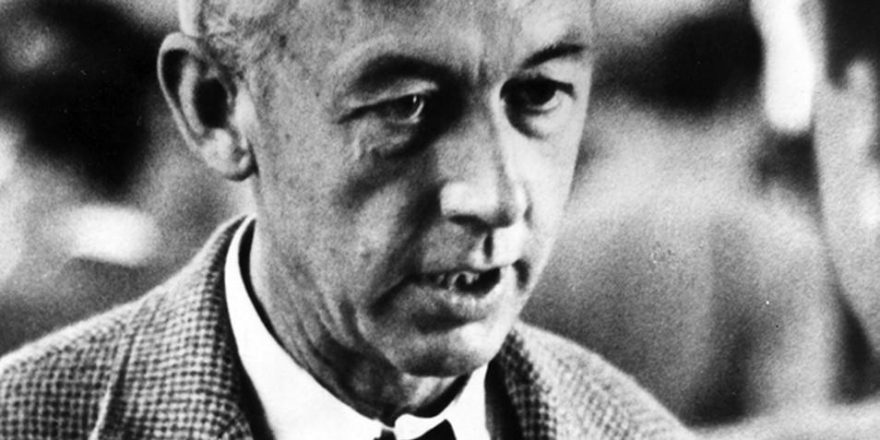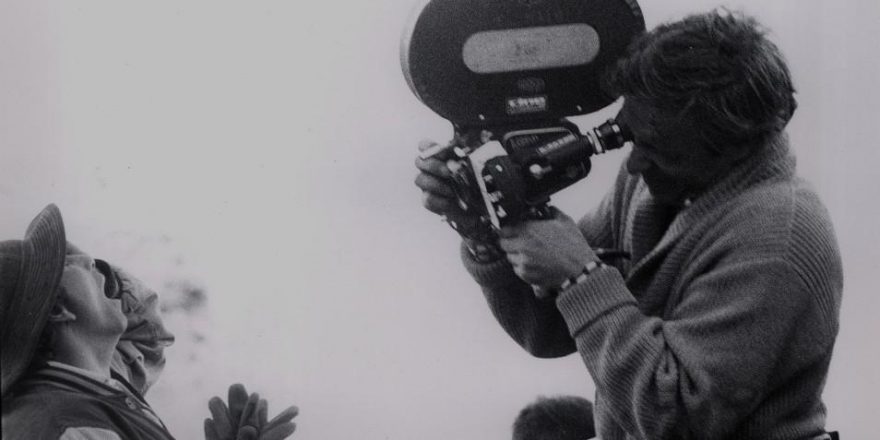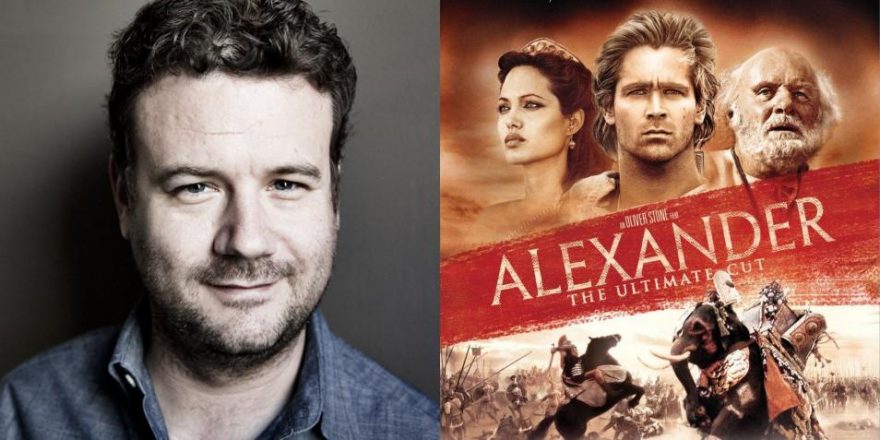A little past the midpoint of Matthew Modine’s extraordinarily entertaining audiobook Full Metal Jacket Diary, the actor takes a break from shooting Stanley Kubrick’s Vietnam War film to audition for another project, Alan J. Pakula’s Orphans. Practically the second Modine walks into the room, Pakula asks excitedly, “What’s he like?” “He,” of course, is Kubrick, one of the greatest and most enigmatic directors in the history of movies, and it’s a testament to his legend that even other famous directors like Pakula were and are starving for information about his process. That goes double for a not-so-famous director like myself; ever since I became obsessed with Kubrick at the age of nine, I’ve eagerly consumed every scrap of behind-the-scenes documentation that I could find on his productions.
Not that there’s been a whole lot — aside from sporadic technical articles in magazines like American Cinematographer and occasional interviews in major magazines like Rolling Stone and Playboy, during Kubrick’s lifetime the amount of reliable press coverage on him and his films was ridiculously sparse when compared to other directors of his stature. There were occasional glimpses behind the curtain, like his daughter Vivian’s short documentary on the making of The Shining, which I studied frame by frame like it was the Zapruder film, and after Kubrick passed away in 1999 some of his collaborators started to open up a bit in documentaries, articles and books. Yet even now the literature is relatively light, to the point that whenever something like the Vanity Fair article on the making of Eyes Wide Shut pops up I devour it like a drunk David Hasselhoff going after a cheeseburger.
I’m not sure why Kubrick was so secretive about his process, or why his collaborators were so tight-lipped. A few months ago I interviewed Ryan O’Neal for a Filmmaker magazine piece I was writing on the making of Barry Lyndon and he told me, “Stanley begged us never to talk about him.” (Luckily, O’Neal then gleefully proceeded to spill the beans.) Whatever the reason, Kubrick’s tight control over the flow of information from his sets has only made me and thousands of other filmmakers and fans all the more desperate to know how he achieved his effects, and why.
Thankfully, Matthew Modine kept a detailed journal of his experiences shooting Full Metal Jacket in 1985 and 1986, and he has made his observations available in a variety of media. The diary was first published as a limited edition book in 2005, and seven years later Modine released an interactive iPad app based on the volume. Now, the diary has been released as an audiobook read by Modine, and listening to the actor narrate his behind-the-scenes story was the greatest possible way I could have kicked off 2015. It’s great in exactly the way I had hoped it would be as a first-hand account of a master filmmaker at work, but it’s great in other, less expected ways too. Kubrick and Full Metal Jacket aside, Modine’s Diary is most valuable as a terrific snapshot of a young actor in transition, on the verge of becoming a master himself.
I’ve always been a huge fan of Modine — lucky timing just happened to make him someone I grew up watching and relating to. As my tastes evolved, so did he seem to evolve as an artist. When I was a juvenile teen sex comedy fan, he starred in the seminal (for me, anyway) Private School. As I started to get interested in more serious, mature dramas, he went on to appear in Altman’s Streamers, Alan Parker’s Birdy, and Full Metal Jacket. And as I became a die-hard auteurist who went to the movies to see what favorite directors like Demme, Oliver Stone, and John Schlesinger were up to, Modine worked with all of them. My admiration for his work has continued to grow in recent years thanks to daring choices like his role in Abel Ferrara’s criminally underrated Mary, a 2005 film that thoughtfully — and sometimes hilariously — examines issues relating to faith, filmmaking and terrorism via Modine’s extraordinary performance, one of the best of his career.
Listening to Modine’s audio diary — which begins just as he is on the cusp of stardom thanks to his work in Birdy — really brought me back to the mindset I was in as a movie-mad kid discovering both his and Kubrick’s work. (Somewhat embarrassingly, it also dredged up memories of the brief period during which I started jogging after being inspired by Modine’s performance as an athlete in Vision Quest — a momentary digression in my otherwise sedentary lifestyle as a movie junkie.) The early chapters of Full Metal Jacket Diary, in which Modine describes the excitement and neurosis of an actor who has just started to work regularly, are both a fascinating glimpse at an actor’s lifestyle and a treasure trove of mid-’80s Hollywood gossip. A hilarious episode in which Modine and his best friend David Alan Grier encounter a belligerent Val Kilmer while eating lunch at the health food restaurant made famous in Annie Hall singlehandedly justifies the purchase of the audiobook, and there’s a lot more where that came from.
Before long Modine meets Stanley Kubrick, and the real fun (for the listener, anyway) begins. Modine’s scrupulous journaling takes us through every stage of his collaboration with Kubrick, from pre-production (during which Modine helps Vincent D’Onofrio land his career-making role as Private Pyle) to production (in which we learn which of the myths surrounding Kubrick are true, which ones are false, and which ones are somewhere in between) and beyond. The result is a portrait of the director that simultaneously demystifies him and makes him seem more mysterious than ever. On the one hand, it’s amazingly refreshing and rewarding to hear how many things Kubrick did just like the rest of us — he was no superhuman genius, just a bright filmmaker figuring out problems and responding to his actors and surroundings. On the other hand, given that he does come across as so much more down to earth than we might have expected, his massive achievements seem all the more awe-inspiring — how did his process, which seems just as intuitive, neurotic and chaotic as that of anybody else, yield so many unadulterated classics?
For a guy like me who discovered Modine (and Kubrick) in his formative years, there’s an undeniably nostalgic appeal to all of this, as other artists and films of the era swirl around in the background — I can’t begin to express the glee with which I was filled, for instance, listening to Modine describe the day that he and Kubrick watched Friedkin’s To Live and Die in L.A. to study its staging of graphic violence. That passage is an example of what Full Metal Jacket Diary does best, which is to capture the fascinating blend of analytic precision and open-minded exploration that seems to have characterized Kubrick’s approach. Modine also captures why what Kubrick did is simply not replicable — contrary to his reputation as a rigid perfectionist, to hear Modine tell it he didn’t really know what he wanted until he saw it. He didn’t plan his effects, he recognized them — and somehow he just happened to have been born with an almost unerring eye and ear for what would be entertaining, provocative, beautiful and moving. At one point, Modine speaks with a crew member who worked with Kubrick on The Shining, and he claims Stanley’s shooting ratio was somewhere around 100 to 1, a figure that doesn’t seem exaggerated considering Modine’s experience on Full Metal Jacket. Even after listening to Modine’s superb audiobook, I can’t quite figure out how Kubrick knew which one percent of what he shot was the right one percent, and I’m not sure Modine can either. Ultimately Full Metal Jacket Diary is like a Stanley Kubrick film: it gives you a rich new understanding of its subject while opening up new lines of inquiry you didn’t even know existed.


